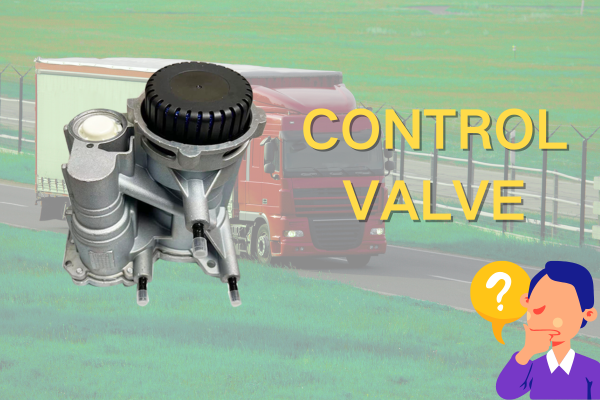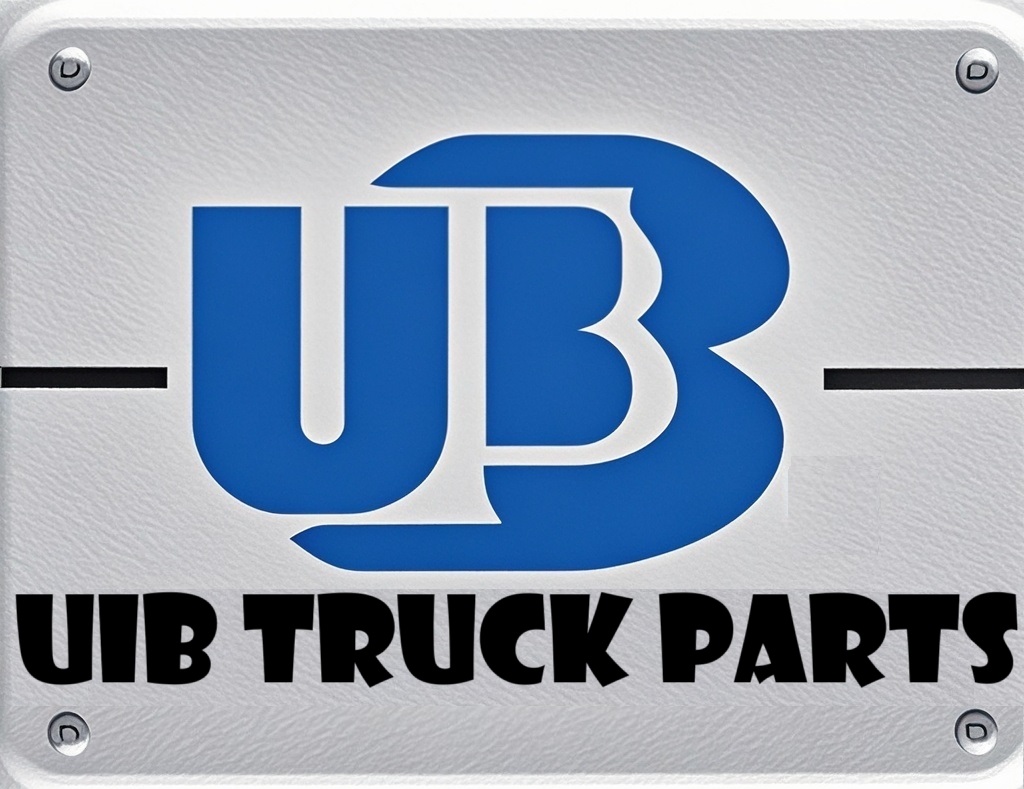About Us
Unveiling the Hidden Survival Rules of Truck Radiators: From Materials to Malfunctions
Views : 196
Update time : 2025-06-24 16:52:21

Precise Structure: Multi-component Synergy for Heat Dissipation
- Radiator Core: The central component, consisting of cooling tubes (flat or round) and fins. Flat tubes offer a larger heat dissipation area, while fins enhance heat transfer efficiency.
- Inlet and Outlet Tanks: The inlet tank distributes high-temperature coolant, and the outlet tank collects cooled coolant for recirculation back to the engine.
- Radiator Cap: Seals the system, regulates pressure, and raises the coolant's boiling point to prevent overheating.
Dominant Materials: The Trade-off between Performance and Cost
Material | Advantages | Disadvantages | Application Scenarios |
Copper | Excellent thermal conductivity, high corrosion resistance | Heavyweight, high cost | High-end heavy-duty trucks |
Aluminum | Lightweight, cost-effective | Poor corrosion resistance (requires surface treatment) | Mainstream models |
Copper-Aluminum Composite | Balances thermal conductivity and lightweight | Complex manufacturing process, strict connection requirements | Models prioritizing both performance and cost |
Common Malfunctions and Troubleshooting
- Coolant Leakage: Indicated by external stains and decreased coolant levels. Check for damaged tubes, loose soldered joints, or faulty cap seals. Use a pressure test for precise diagnosis.
- Reduced Heat Dissipation Efficiency: Leads to engine overheating. Potential causes include clogged fins (clean debris) or malfunctioning cooling fans (inspect motor and circuits).
Maintenance Tips: Extending Lifespan
- Regular Cleaning: Use a high-pressure air gun or low-pressure water jet to remove dust from fins, avoiding damage.
- Coolant Monitoring: Check levels and quality regularly; refill or replace to prevent internal corrosion.
- Pipe Inspection: During maintenance, verify that connection pipes are secure to prevent loosening or aging.
#Tags: #TruckRadiators #RadiatorStructure #RadiatorMaterials #RadiatorMalfunctions #RadiatorMaintenance
Related News
 Revealing Three Little-Known Facts About Trucks
Revealing Three Little-Known Facts About Trucks
Aug 06,2025
This article presents three little-known facts about trucks, including that the cab can be flipped for engine maintenance, the rearview mirrors are equipped with defrosting and deicing functions, and the small tank next to the fuel tank is an urea tank which is crucial for environmental protection. It helps readers understand the secrets behind truck designs and functions.
 Control Valve: The "Key Steward" in Truck Engines
Control Valve: The "Key Steward" in Truck Engines
Aug 05,2025
This article introduces the role of the control valve in the diesel pump, including controlling fuel quantity and stabilizing pressure; lists symptoms when it malfunctions, such as weakened power and increased fuel consumption; provides maintenance methods, and illustrates through cases that paying attention to the control valve can avoid unnecessary expenses.
 Control Valve: The "Invisible Commander" of Truck Power
Control Valve: The "Invisible Commander" of Truck Power
Aug 05,2025
The control valve is an indispensable core regulating component in the truck power system. Although it hides inside the machinery and keeps a low profile, it relies on its powerful functions to precisely command the rhythm of power output, comprehensively ensure driving safety, and intelligently adapt to various working conditions. With sophisticated design techniques and durable material selection, it can achieve a perfect balance between power and efficiency in various complex scenarios, and can be called the invisible cornerstone supporting the efficient and stable operation of trucks.
 Truck Snow Chains: Safety Guarantee on Icy and Snowy Roads
Truck Snow Chains: Safety Guarantee on Icy and Snowy Roads
Jul 28,2025
This article elaborates on truck snow chains, including their important role on icy and snowy roads, applicable scenarios, selection methods, installation steps, and usage precautions. It aims to provide references for truck drivers to drive safely in icy and snowy weather and reduce accidents caused by slippery roads.
